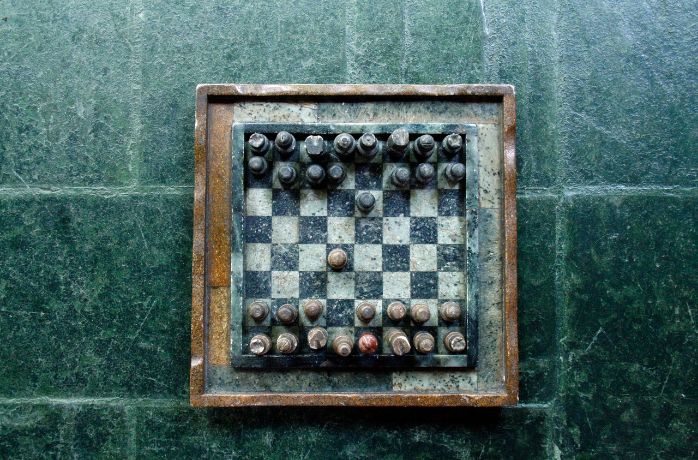Different Types of Time Controls in Chess
In the world of chess, time controls refer to the amount of time each player has to make their moves during a game. These time controls are essential in tournament play as they ensure that games do not last for an indefinite amount of time. Time controls also add an element of pressure to players, making the game more challenging and exciting. In this guide, we will explore the different types of time controls used in chess and discuss their advantages and disadvantages for players of all levels.
1. Standard Time Controls
Standard time controls, also known as “classical” time controls, are the most common and traditional time controls used in chess. In these time controls, each player has a fixed amount of time to make all their moves. The standard time control for a game is 90 minutes for the first 40 moves, followed by an additional 30 minutes for the rest of the game. Each player also receives a 30-second increment for every move made.
However, one disadvantage of standard time controls is that games can potentially last for several hours, making it challenging for spectators and players who prefer a faster-paced game. For this reason, many players use alternative time controls that provide a quicker game without compromising on the quality of play.
2. Rapid Time Controls
Rapid time controls are a faster-paced version of standard time controls. In rapid chess, each player has 15-25 minutes to make all their moves, with an additional 10-20 seconds added to the clock after every move. The use of increments ensures that neither player runs out of time, and the game can continue at a steady pace.
One downside of rapid chess is that it may feel rushed to some players, leading to mistakes and blunders. Additionally, the shorter time limit may hinder players from fully utilizing their strategic thinking abilities, resulting in a lower quality game.
3. Blitz Time Controls
Blitz time controls are even faster than rapid time controls, with each player having only 5 minutes to make their moves, with an additional 3-5 seconds added to the clock after each move. In blitz chess, players must think quickly and make fast decisions, making it challenging and exciting.
While blitz chess can be enjoyable and thrilling, it also has its downsides. The short time limits may result in lower-quality games, with more blunders and mistakes. It also favors players who have a quick thinking process and are good at making fast decisions.
4. Rapid-Blitz Time Controls
As the name suggests, rapid-blitz time controls combine elements of both rapid and blitz chess. In these time controls, players usually have 25 minutes to make their first 40 moves, followed by a blitz portion where each player has 5 minutes to make their remaining moves.
One disadvantage of this time control is that it can be challenging for some players to switch from a slower-paced game to a faster one, which can affect their performance and lead to mistakes.
5. Chess960 Time Controls
Chess960, also known as Fischer Random chess, is a variant of chess where the starting position of the pieces on the back ranks is randomized. This adds an element of unpredictability and allows players to showcase their creativity and adaptability.
One advantage of Chess960 time controls is that they offer a level playing field as players do not have the opportunity to prepare and memorize openings. However, it may also be challenging for players who are used to traditional chess, as they have to adapt to the unique starting positions.
Conclusion
In conclusion, there are various types of time controls used in chess, each with its advantages and disadvantages. Standard time controls offer a slower-paced, strategic game, while rapid and blitz chess provide faster and more challenging games. Players can also switch between different time controls to add variety to their games and improve their skills. Ultimately, the choice of time controls depends on personal preference and playing style, but all time controls add an exciting element to the game of chess.

